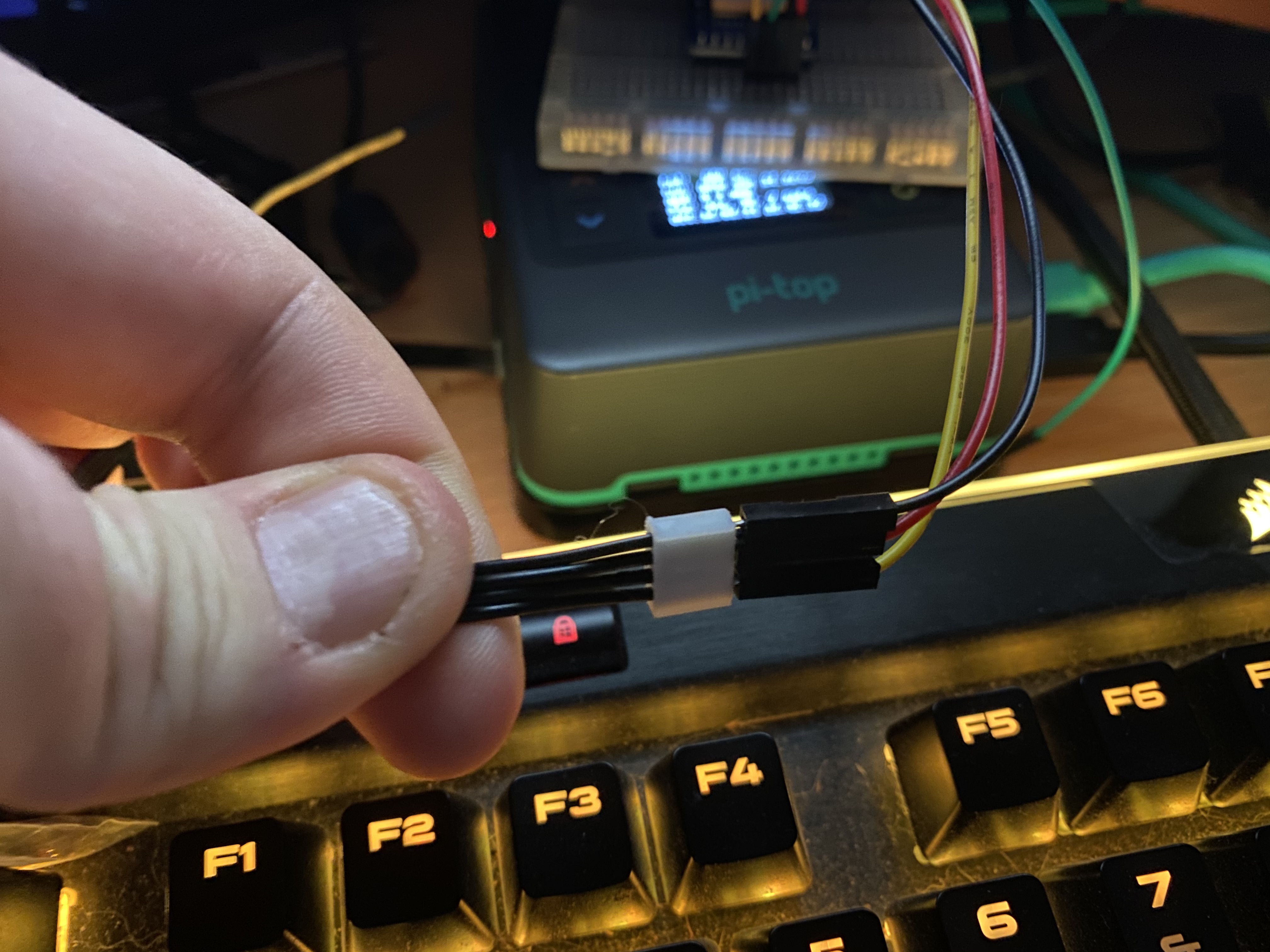I have decided to start planning a new project to turn my Traxxas TRX-4 (Land Rover Defender) RC Rock Crawler with swapped out motor to a brushless one, the project is to turn it into a fully AI autonomous rock crawler.
This is my TRX-4

People do similar by making race cars which is all about going as fast as possible, I am doing it to go as slow as possible while navigating Rocky terrain without tipping over.
My 1st strip will be to workout what sensors, cameras and devices I will need such as LiDAR, stereo cameras, ultra sonic sensors, Gyroscope, GPS and what ever else I can think of that will be useful such as moveable weight distribution system, automatic lighting system and even a working winch system.
My 2nd step is to prototype a working system and chose to use 2 onboard computers. My pi-top[4] and a NVIDIA Jetson Xavier NX (ordered just waiting on delivery) using parallel computing. The Xavier NX will be doing all the heavy lifting for calculations while the RPi will be used to control the RC car. Probably look into using ROS
My 3rd step would be prototyping PCB boards to have both computer attached with built in networking, for this I will swap out the pi-top[4] for a RPi 4 compute module (due to available space under the shell and the Xavier NX developer kit comes with the Xavier NX compute module. The pi-top[4] will then be turned into a remote debugging and monitoring system, will also have to upgrade the TRX-4 suspension, wheels and foam inserts
4th step will most likely be shrinking everything down as much as possible and focus on fitment and install as there is limited space and will have to look into waterproofing too and and also polishing code.
Last step would be to publish everything from code to PCB designs etc.
It’s going to take quite some time to get this project up and running and started as it’s rather ambitious but I am also sure there will be some sort of cross over between my project and the pi-top rover.
My programming language of choice would be Python as its my favourite. Also never used ROS so would have to look into that to.


 so make sure you keep the momentum going by solving lots of simple problems instead of one huge insurmountable project!
so make sure you keep the momentum going by solving lots of simple problems instead of one huge insurmountable project!

 also got a gyroscope sensor to test out next
also got a gyroscope sensor to test out next
 and the Nano is way more popular due to price
and the Nano is way more popular due to price 
